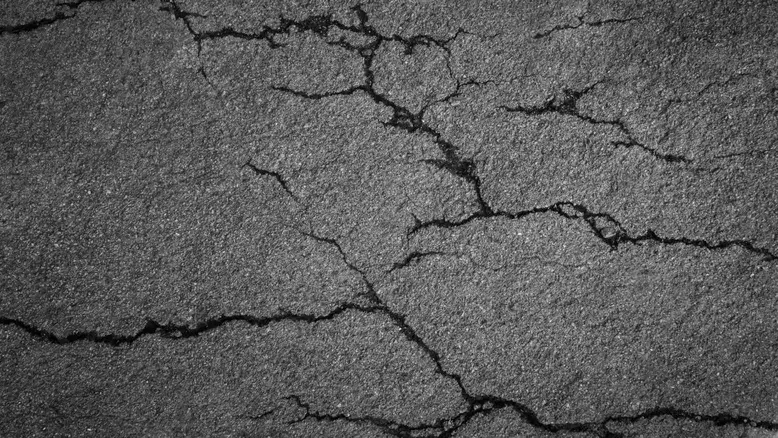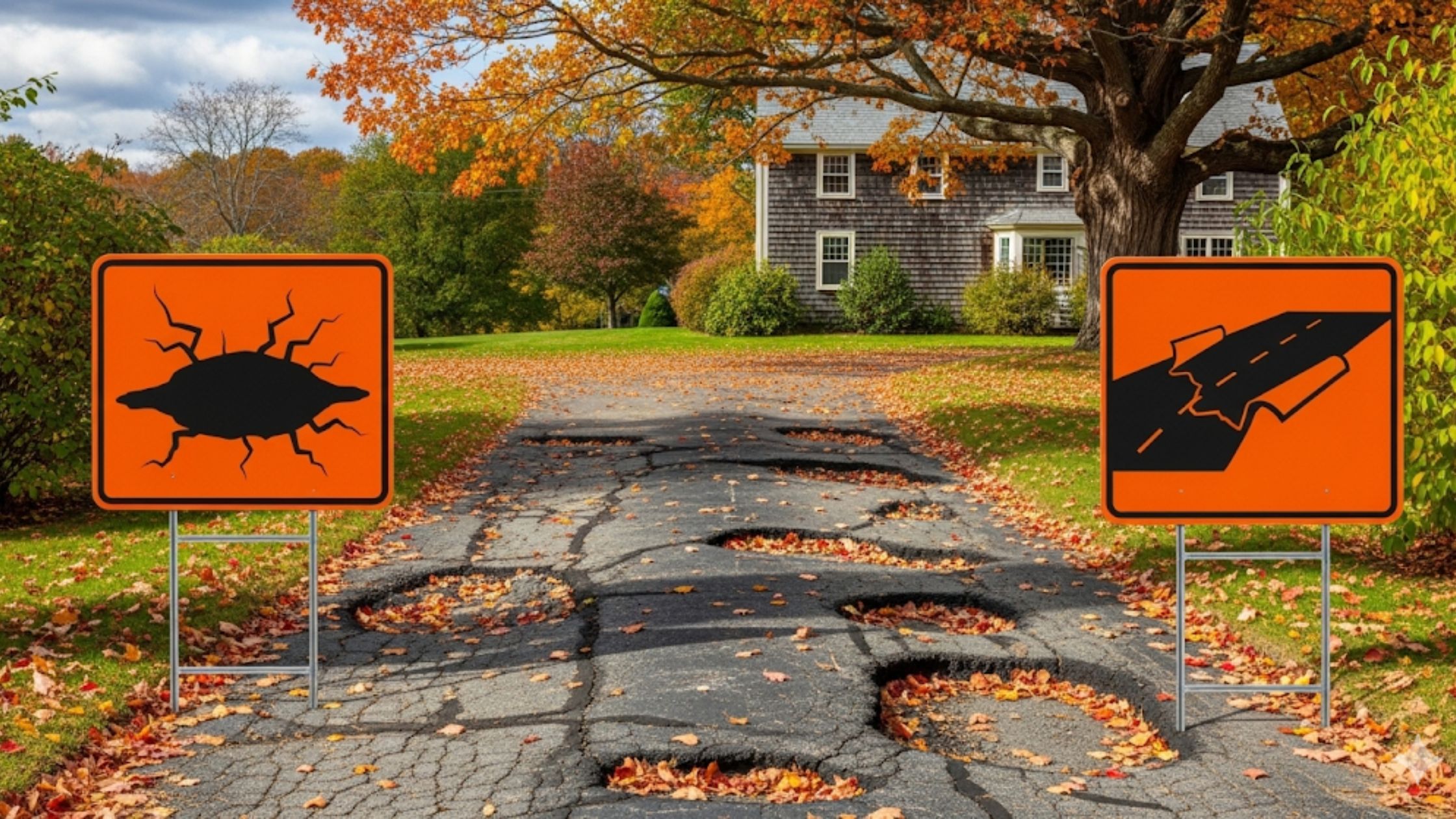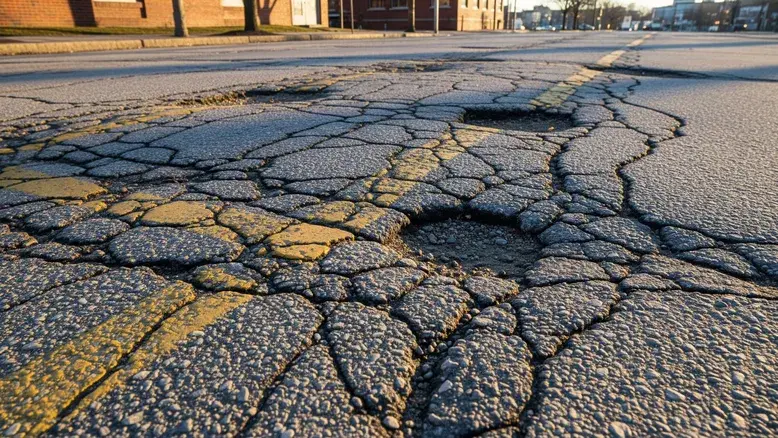Massachusetts has seen growing attention to sustainable infrastructure, especially in urban and suburban communities. When selecting a concrete crack filler service in Massachusetts, property managers and municipalities increasingly weigh environmental considerations. Proper crack repair not only maintains smooth, safe surfaces but also mitigates negative ecological effects. As climate goals tighten and regulations evolve, understanding the environmental footprint of crack filling becomes essential.
Pavement cracks compromise seal integrity, allowing water ingress and accelerating deterioration. Left untreated, these fissures can lead to potholes, structural damage, and costly full-depth repairs. Early intervention through targeted crack filling extends pavement life and optimizes budget allocations. However, the environmental trade-offs of materials and application methods deserve equal scrutiny in Massachusetts’s variable climate.
Understanding Concrete Crack Filling and Environmental Implications
Concrete Pavement Lifecycle and Cracking Mechanisms
Concrete pavements in Massachusetts endure freeze-thaw cycles, heavy truck loads, and UV exposure. Repeated temperature shifts induce micro-cracks, while pavement-vehicle interaction (PVI) causes excess energy loss and surface fatigue. Climate extremes amplify cracking risks, as wet winters expand internal voids. Over time, untreated cracks lead to moisture penetration, corrosion of reinforcing steel, and potential pavement failures.
Crack Filling as Preventive Maintenance
Industry guidelines from AASHTO recommend crack filling as a key pavement preservation tactic. By sealing fissures, crack filling prevents water, de-icing chemicals, and debris from entering pavement layers. This proactive measure delays extensive repairs, saving materials such as aggregate, binders, and sealants. Microsurfacing and seal coating complement crack filling to enhance surface permeability control and reflectivity.
In Massachusetts, identifying when cracks first appear is critical to effective maintenance scheduling. Monitoring early signs of distress through routine inspections supports timely interventions. Frequent checks ensure smaller, more eco-friendly treatments suffice over later, more resource-intensive repairs. Properly applied, crack filling reduces the overall ecological footprint of pavement upkeep.
Signs Your Massachusetts Pavement often include alligator cracking, linear fissures, and edge spalling. These early indicators guide maintenance crews on prioritizing repairs and selecting appropriate fill materials. By recognizing distress patterns visually, asset managers can deploy targeted treatments before widespread damage occurs.
Environmental Challenges of Traditional Crack Fillers
Chemical Composition and VOC Emissions
Many conventional crack fillers rely on petroleum-based binders that release Volatile Organic Compounds (VOCs) during application and curing. VOCs contribute to ground-level ozone formation, exacerbating air quality issues in urban centers like Boston and Worcester. Inhaling these emissions poses health risks, especially for workers applying hot-pour sealants. Moreover, production and transportation of petroleum binders generate greenhouse gases, undermining carbon reduction efforts.
Impact on Soil and Water Quality
Leaching from crack fillers can introduce polycyclic aromatic hydrocarbons (PAHs) and other harmful chemicals into surrounding soils. These contaminants threaten plant life, disrupt microbial communities, and may migrate into groundwater. In areas near environmentally sensitive wetlands and water supply zones, runoff from unsealed or poorly sealed cracks exacerbates water pollution. Hence, minimizing toxic runoff is crucial for protecting Massachusetts’s aquatic ecosystems and public health.
Emerging Sustainable Pavement Maintenance Solutions
Eco-Friendly Crack Repair Products
Recent advances have produced bio-based crack fillers derived from soy, tall oil, and other renewable feedstocks. Rubberized asphalt crack fillers incorporate recycled tire rubber, reducing landfill waste and enhancing crack resilience. These eco-friendly sealants often exhibit comparable elasticity and adhesion to petroleum alternatives while slashing VOC emissions. By prioritizing green formulations, municipalities can align pavement maintenance with local sustainability mandates.
Guide to Asphalt Crack Filling in Massachusetts offers detailed recommendations on selecting, mixing, and applying eco-friendly sealants. It covers temperature-specific application windows, compatibility testing, and post-application performance metrics. The guide fosters consistency in achieving durable, environmentally responsible repairs across diverse Massachusetts climates.
Cold Mix Asphalt and Warm Mix Asphalt
Cold mix asphalt (CMA) provides another low-impact option for filling wider cracks and small potholes. CMA uses emulsified binders at ambient temperatures, eliminating the energy demand of hot mix processes. Similarly, warm mix asphalt (WMA) incorporates additives to lower production temperatures by up to 40°F, cutting fuel consumption and emissions. Both technologies reduce greenhouse gas output during manufacturing and pave operations.
Permeable Pavement and Water Management
Permeable pavement systems, such as pervious concrete and interlocking pavers, facilitate stormwater infiltration and natural filtration. By allowing rainwater to percolate, these surfaces reduce runoff volume and remove pollutants through subsurface media. The EPA recognizes permeable pavements as a Best Management Practice for mitigating urban flooding and improving water quality. Integrating crack repair strategies with permeable overlays can extend service life while enhancing environmental performance.
Best Practices for Eco-Friendly Crack Repair in Massachusetts
Proper Application Techniques
Effective eco-friendly crack repair hinges on meticulous preparation. Cleaning cracks of debris, moisture, and vegetation ensures optimal sealant adhesion and longevity. Specialized routers can create uniform crack widths, delivering consistent sealant depths and bonding. Adhering to manufacturer guidelines for mixing ratios, ambient temperature, and curing times reduces material waste and guarantees performance.
Incorporating recycled materials, such as ground tire rubber, demands precise blending and temperature control. Automated injection systems minimize over-application and human error, further curbing waste. Training crews in sustainable practices fosters quality outcomes and enhances environmental stewardship.
The SealCoating Guys leverage specialized equipment and trained crews to deliver high-quality, low-impact crack repairs. Their holistic approach to safety, material handling, and cleanup underscores a commitment to Massachusetts’s environment and community well-being.
Scheduling and Long-Term Monitoring
Optimizing maintenance schedules reduces repeated treatments and prolongs pavement lifespan. Implementing pavement condition surveys, supported by remote sensing or IoT-enabled cameras, identifies high-risk areas before visible distress multiplies. Data analytics can forecast crack propagation rates, informing resource-allocation decisions that balance cost and environmental impact.
Regular re-assessment every two years, or sooner in high-traffic zones, aligns with Massachusetts Department of Transportation best practices. Long-term monitoring ensures sealants operate within design life, preventing premature failures and repeated material use.
Case Study: Environmental Benefits from Local Implementation
In Quincy, Massachusetts, a pilot program replaced traditional hot-pour fillers with a soy-based, rubberized asphalt sealant across 15 miles of city streets. The initiative, conducted in collaboration with UMass Dartmouth’s Highway Sustainability Research Center, reduced VOC emissions by 60% over a two-year period. Energy consumption during application fell by 30%, illustrating the potential of sustainable materials.
Somerville’s Public Works Department subsequently adopted cold mix asphalt for seasonal pothole patching. The switch cut greenhouse gas emissions by an estimated 1,200 metric tons annually, thanks to lower energy requirements and reduced transportation distances. Local wetlands saw a 15% decrease in pollutant loads, affirming the water-quality benefits of cleaner crack-filling materials.
Cambridge integrated permeable paver overlays in pedestrian zones, combining crack filling with runoff management. Stormwater infiltration increased by 45%, supporting groundwater recharge and reducing flooding risk. These projects demonstrate how targeted investments in eco-friendly crack filling foster broader environmental gains across Massachusetts communities.
Conclusion
Adopting sustainable pavement maintenance practices in Massachusetts delivers measurable environmental dividends. From reducing VOC emissions to safeguarding soil and water resources, eco-friendly crack repair products and techniques align infrastructure upkeep with climate commitments. Collaborative case studies in Quincy, Somerville, and Cambridge highlight real-world benefits of integrating renewable binders, cold mix asphalt, and permeable systems. Facility managers and property owners can now leverage data-driven scheduling and advanced material science to extend pavement life, minimize ecological impact, and optimize budgets.
For reliable, environmentally responsible crack filling solutions, trust The SealCoating Guys.
Frequently Asked Questions
What are the main environmental risks of using traditional crack fillers?
Traditional crack fillers often contain petroleum-based binders that emit VOCs during application. These emissions contribute to ground-level ozone formation and smog in urban areas. Leaching of PAHs from fillers can contaminate soil and groundwater near roadways. Additionally, producing and transporting petroleum binders adds to greenhouse gas emissions.
Why choose eco-friendly crack repair products in Massachusetts?
Eco-friendly crack repair products, such as bio-based sealants and rubberized asphalt fillers, significantly reduce VOC output and reliance on non-renewable resources. They often match or exceed performance benchmarks for elasticity, adhesion, and durability. Selecting green formulations aligns with state air-quality regulations and supports Massachusetts’s climate action goals.
How often should cracks be filled to ensure sustainable pavement maintenance?
Industry best practice recommends inspecting pavement every one to two years, especially in freeze-thaw climates. Early crack filling prevents water infiltration and minimizes subsequent damage. A proactive schedule reduces the frequency of intensive repairs, lowering material usage and energy consumption.
Can eco-friendly crack filling improve water runoff management?
Yes. When combined with permeable pavement overlays, eco-friendly sealants support stormwater infiltration and filtration. Bio-based and rubberized fillers often bond well to porous concrete and paver joints. This integrated approach reduces surface runoff and captures pollutants before they enter waterways.
Where can I find reliable concrete crack filler service in Massachusetts?
Massachusetts features specialized contractors offering sustainable pavement maintenance services. Look for firms certified in eco-friendly products, IoT-based monitoring, and advanced application equipment. Local public works departments and university research centers often provide referrals and performance data.






.webp)

.svg)



